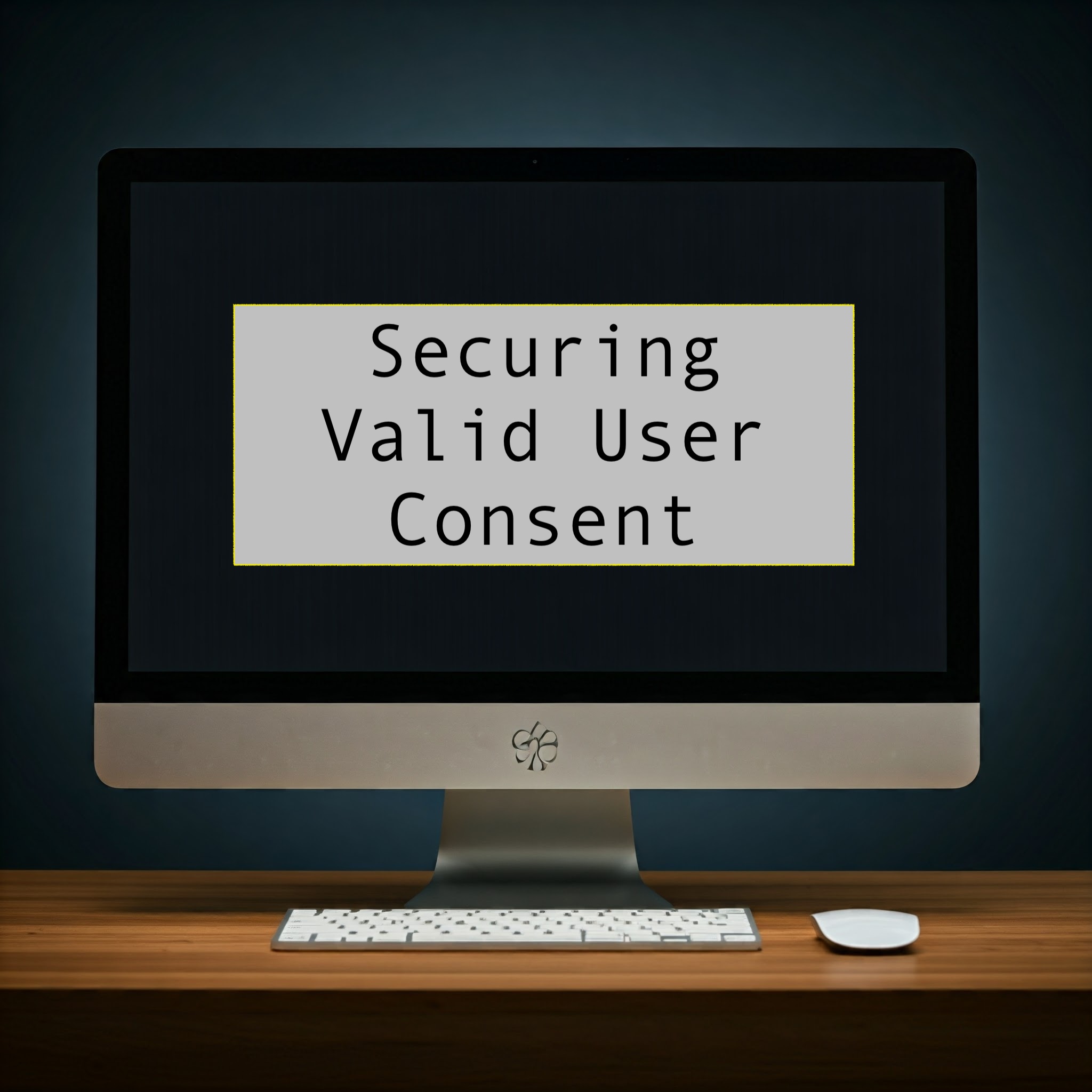Securing Valid User Consent: A Deep Dive into Consent Mechanisms
In the digital age, personal data has become one of the most valuable commodities, fueling everything from targeted advertising to artificial intelligence. However, as the collection and processing of data have increased, so have concerns over data privacy and the protection of individual rights. For organizations across industries, securing valid user consent isn’t just a regulatory box to check; it’s a pivotal element of ethical business practices and user trust.
Consent is more than a one-time checkbox; it is an ongoing commitment to transparency, choice, and respect for user autonomy. From the General Data Protection Regulation (GDPR) in the European Union to the California Consumer Privacy Act (CCPA) in the United States, data privacy laws now set rigorous standards for obtaining and managing consent. For businesses, meeting these standards is essential for compliance, but also an opportunity to build stronger, trust-based relationships with their users.
Understanding User Consent
User consent is the explicit permission granted by individuals for the collection, processing, and use of their personal data. It is a cornerstone of data protection laws worldwide, ensuring that individuals maintain control over their personal information. Consent must be informed, specific, freely given, and unambiguous to be considered valid.
Legal Frameworks Governing Consent
- General Data Protection Regulation (GDPR): Enforced in the European Union, the GDPR mandates that consent must be explicit, informed, and revocable. Organizations must provide clear information about data processing activities and offer easy mechanisms for individuals to withdraw consent.
- California Consumer Privacy Act (CCPA): In the United States, the CCPA requires businesses to inform consumers about the categories of personal data collected and the purposes for which it is used. Consumers have the right to opt-out of the sale of their personal information.
- Personal Data Protection Bill (PDPB) in India: Although still under consideration, the PDPB emphasizes the necessity of obtaining explicit consent for processing sensitive personal data and outlines individuals' rights concerning their data.
Key Elements of Valid Consent
- Informed Consent: Provide clear and comprehensive information about data collection and processing activities.
- Specific Consent: Consent should be obtained for distinct purposes.
- Freely Given: Consent must be given voluntarily, without coercion.
- Unambiguous: Consent should be indicated through a clear affirmative action.
- Revocable: Users should have the ability to withdraw their consent at any time.
Implementing Effective Consent Mechanisms
- Consent Management Platforms (CMPs): Tools to help organizations manage user consent for data collection and processing.
- Granular Consent Options: Allow users to consent to specific data processing activities.
- Clear and Concise Language: Use straightforward language in consent requests.
- Regular Audits and Updates: Periodically review consent mechanisms to ensure compliance with regulations.
Challenges in Securing Valid Consent
- Consent Fatigue: Users may become overwhelmed by frequent consent requests.
- Complex Data Ecosystems: In environments with multiple data processors, obtaining and managing consent can be intricate.
- Technological Limitations: Implementing consent mechanisms across various platforms and devices can be challenging.
Best Practices for Consent Management
- Transparency: Clearly communicate data processing activities.
- User-Centric Design: Design consent requests with the user in mind.
- Documentation: Maintain detailed records of consent obtained.
- Training and Awareness: Educate employees about the importance of consent.
- Regular Reviews: Continuously assess and update consent mechanisms.
Securing valid user consent has evolved from a simple checkbox to a complex, multifaceted process that forms the foundation of responsible data handling and privacy compliance. As data protection laws become more rigorous and consumer awareness of privacy rights grows, organizations must take proactive steps to establish trust, transparency, and respect for individual autonomy in how they obtain and manage user consent.
Moving Forward
As the landscape of data privacy and consent mechanisms continues to shift, organizations should remain agile and informed, ready to adapt to new regulations, technological advancements, and changing user expectations. This proactive approach will not only ensure legal compliance but also foster a culture of privacy and ethical data management, which are essential components of sustainable, customer-centric growth.
References


